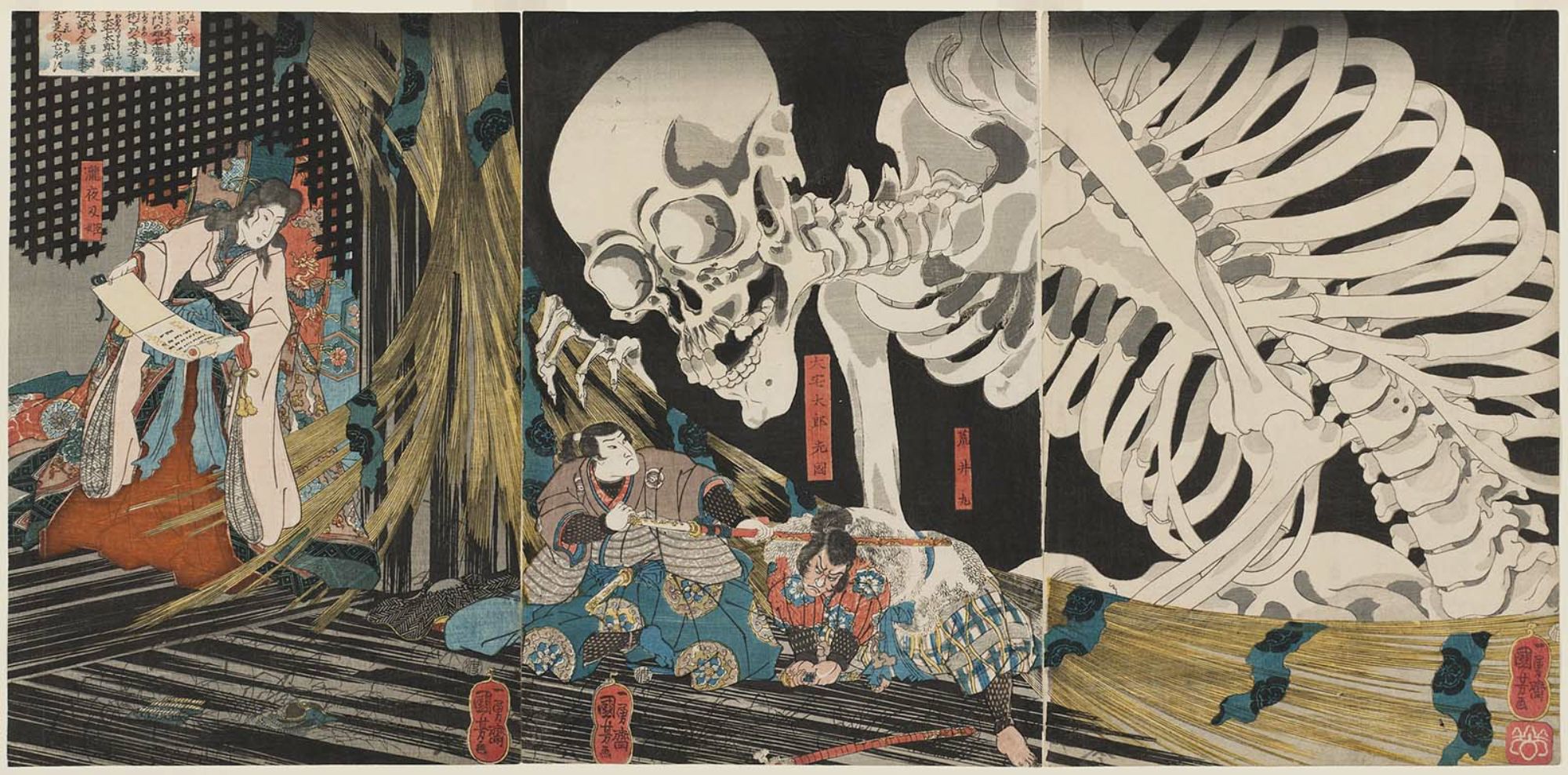You’ve got to love a good yokai story. From folk tales passed down by word of mouth to picture scrolls that are both stunning and gruesome, these tales of ghosts, supernatural creatures, and other strange phenomena have captivated people for millennia. Pop culture is no exception—the influence of (and fascination with) yokai culture can be found all throughout comics, film, manga, and games, in everything from blockbusters like Ghostwire: Tokyo and Nioh to niche indie gems like Hyakki Castle.
For any kiwis who share this fascination, there’s good news: the Japan Foundation’s travelling exhibition Yokai Parade: Supernatural Monsters from Japan is making its way to New Zealand from later this month. It’ll be on show at Wellington’s Te Auaha Gallery from 25 August to 5 September, and then at Auckland’s Central City Library from 29 September to 6 November.
The exhibition, curated by yokai expert Yumoto Kōichi in cooperation with the Japan Yokai Museum, showcases 84 iconic yokai works from a breadth of Japanese history. Most are (understandably) replicas created for the exhibition, though there are a few originals in the mix, too. Replicas of famous woodcut prints like Utagawa Kuniyoshi’s In the Ruined Palace at Sōma (pictured above), a few Night Parade of a Hundred Demons picture scrolls, and some of Hokusai’s particularly evocative yokai prints are among the pieces included, alongside some lesser-known (but no less noteworthy) works. It touches on more recent material, too, like film posters from Daiei Film’s ’60s monster movies and Toyowadō’s paintings inspired by the GeGeGe no Kitarō manga.



The Plate Mansion, The Ghost of Oiwa, and The Laughing Hannya, by Katsushika Hokusai
The exhibition’s leaflet (PDF) offers a full rundown of everything that’s on display, as well as a bit more background and historical insight into the yokai phenomenon. This quote from the introduction does a particularly good job of summing up yokai culture and what’s so intriguing about it:
When looking at yokai in the numerous exhibits on display, some viewers may find themselves surprised by their strangely grotesque appearance. It was indeed the imagination of Japanese people living hundreds of years ago that gave birth to these mysterious and uncanny creatures. In times when there were no large lighting appliances, people sensed some sort of presence lurking within the vast darkness that spread across the night, keeping all from venturing into its world. At the same time, while living in harmony with nature, the people felt its mysterious powers, which appeared to transcend all human intellect and knowledge. It is thought that the culmination of these experiences eventually formed the backdrop that led to the creation of the yokai. Conceived in this way, their presence was repeatedly amplified in a freely rampant manner while maintaining close ties with people’s lives.
Yokai Parade: Superatural Monsters from Japan exhibition leaflet
The Japan Foundation launched Yokai Parade in mid-2021, and it’s been gradually making its way around the world since then. For anyone with even the slightest interest in yokai, Japanese culture, history, or just art in general, catching it while it’s in New Zealand is a must. Frankly, even if you’ve never heard the word “yokai” before now, I’d recommend checking it out—it’s free, and you might just find out why so many people are so entranced by these creatures and the stories that surround them.

